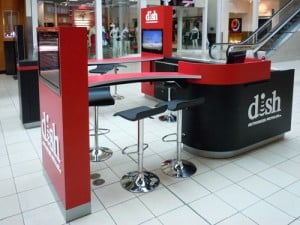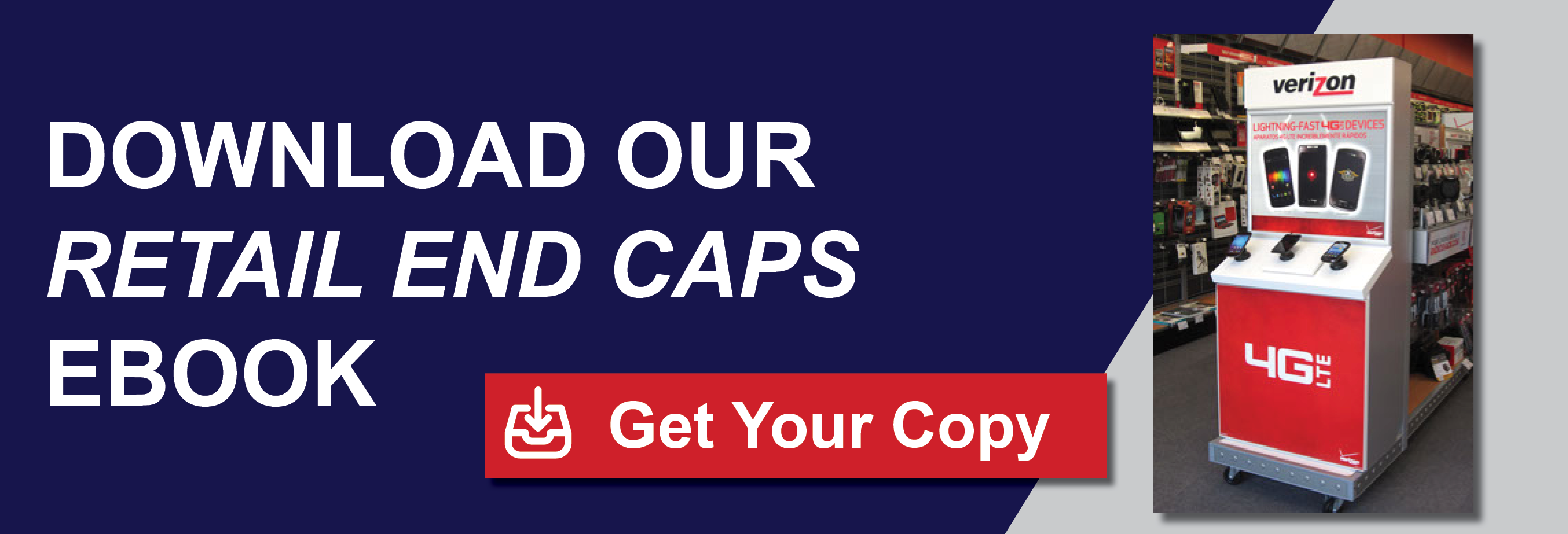How Store Interiors Communicate Brand Image
Interior design directly affects your store’s reputation and sales, but how does your store stack up? Is your interior a boon or a  bust? Let’s look at how successful stores are combining retail fixtures, window displays, merchandise placement, signage and other elements to communicate their brand image and magnify the sales value of their store interiors.
bust? Let’s look at how successful stores are combining retail fixtures, window displays, merchandise placement, signage and other elements to communicate their brand image and magnify the sales value of their store interiors.
With some strategic planning, your store’s physical surroundings can make customers feel welcome the second they step inside, and make them feel comfortable enough to stick around and buy. A well-branded interior shows people what they subconsciously expect:
- Your brand visuals – logo, official colors or trademark images.
- Retail fixtures and displays that reflect your brand’s personality.
- Overall visual presentation that is similar to your other locations, if you have multiple stores or sales areas such as kiosks, counters within another store, etc.
These are all elements of consistency, which is crucial. If your store interiors aren’t aligned with the rest of your branding and marketing, you’ll simply confuse people. Consistency doesn’t have to be rigidly identical, but it does have to be instantly identifiable as yours.
Consistency Is Just The Beginning.
A well-branded interior goes beyond the expected to give customers the kind of memorable experience that encourages them to buy now and come back to buy again another day. To do that most effectively, you should appeal to multiple senses.
Certainly customers can see your merchandise, but do your products themselves have fragrances you can capitalize on? Can you sample tasty tidbits? Or play the music you sell? Sensory connections can be more subtle, but they should be in keeping with your type of store and customers.
You may also want to arrange retail fixtures to create more intimate-feeling shopping “rooms” or spaces for product demonstrations or even a rest-and-relaxation area. (Women’s boutiques often provide this kind of space for men waiting while their ladies shop, but you could also provide a seating area for customers to watch short product videos, etc.)
Keep these specifics in mind:
- A spacious entrance says “we’re glad you’re here,” no matter what you sell.
- Window displays should give passers-by a taste of what’s inside. If they entertain people as well, you may tempt even more shoppers to enter and explore.
- Lighting not only provides general illumination and better security, using specialty lighting to highlight featured merchandise provides visual variation that looks and feels more natural and comfortable.
How Do The Big Boys Do It?
Consider this interesting article that compares Sears and Target. These businesses may have little in common with your store in terms of size or merchandise offerings, but you can learn a lot from studying their successful – and not so successful – store interiors. In particular, how they use signage, colors and images, and how they promote sale merchandise.
Your brand is more than your logo. Store interiors that reflect and enhance your brand image give shoppers a more enjoyable experience, and make it easier for them to both find what they want and “discover” additional purchases.
